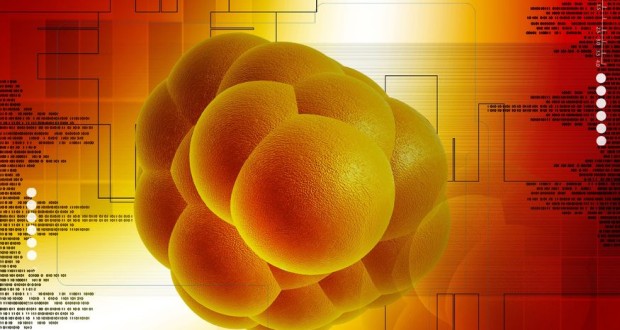Even if you don’t much about them, there’s a good chance you’ve heard about “stem cells” at some point in the past. Stem cells play a major role in the body, and therefore get plenty of attention from medical researchers, who believe they could help treat numerous conditions, diseases and disabilities. In recent years, evidence has emerged that such cells might eventually be used to prevent muscle loss.
The Role of Stem Cells In Your Body
There are several reasons why stem cells are so highly valued. For starters, stem cells have the ability to repeatedly self-replicate. Furthermore, they can be converted into any one of the 220 types of cells found in the body. Given this ability, a stem cell can transform itself into a cell found in the heart, lungs, or bloodstream (to give just a few examples).
By extension, stem cells can also morph into muscle tissue. Because of this trait, numerous studies have attempted to build muscles using these cells. A good example of these efforts was published in early 2012. This report concluded that exercise could increase the presence of a certain type of stem cell, a development which may help foster muscle growth.
Studying Cells in Mice
Authored by faculty at the University of Illinois, this report used mice to examine the relationship between stem cells and physical activity. Specifically, the researchers wanted to measure the impact of exercise on mesenchymal stem cells (MSCs). The body uses MSCs to rebuild muscular tissues damaged by inflammation and chemical injections.
The mice used in this study were put through one exercise session. After this exercise period had ended, the researchers then pinpointed the MSC cells inside the mice’s bodies. To keep better track of these cells, the MSCs were dyed with a fluorescent marker. The research team then injected these marked MSCs into another set of mice, and studied their interactions with other cells used for muscle creation.
This experiment provided a detailed look into the stem cells’ response to physical activity. First, these cells were determined to much more prevalent in the mice’s muscles following exercise. Furthermore, MSCs were found to indirectly contribute to the construction of new muscle. While not building muscles themselves, the presence of MSCs prompted other cells to build muscular tissues. In January 2012, the researchers published their work in the online scientific journal PLoS ONE.
Though the study used mice rather than human subjects, its findings do raise the possibility that exercise may boost the number of stem cells in the body’s muscles. In turn, this could both build and preserve muscle mass. In order to further test this hypothesis, the study’s authors plan to continue studying MSCs in the future. One area of particular interest is muscle loss in older adults. If MSC deficiency does in fact contribute to muscle loss, it may be possible to help prevent muscular atrophy by maintaining a healthy level of MSCs within the body.
Cellular Transplants
Of course, this isn’t the only group of experts to have studied this topic. Two years prior to the University of Illinois study, academic researchers found that stem cell injections could be used to mend injuries and strengthen muscles. A collaborative effort between faculty from the University of Colorado and University of Washington, this study involved the transfer of stem cells from one set of mice to another.
To test the muscle-building capabilities of stem cells, the research team induced leg injuries in the recipient group of mice. Each one of these injured mice then received between 10 and 50 stem cells from the donor group. As with University of Illinois study, the injected stem cells were highlighted with a fluorescent marker, allowing researchers to study their behavior in the injured mice.
The experiment proved to be far more successful than the researchers had anticipated. Following the injections, the mice experienced a massive increase in muscle size and strength, recovering from their injuries in a matter of days. The research team found the mice’s muscle cells increased in mass by 50 percent, whereas their size grew by 170 percent overall.
The researchers initially believed that the procedure would bolster the mice’s muscles for just a short period of time. Instead, the mice maintained their physical gains for the remaining duration of their lives (the mice lived for roughly two years after the procedure, equivalent to 80 human years). In addition to emphasizing their surprise at the experiment’s results, the research team also expressed hope that elderly patients might one day benefit from the study’s findings.
Muscle loss is widespread problem, afflicting large numbers of older adults and senior citizens. If recent efforts by medical researchers are any indication, stem cells may hold the key to preserving the body’s physique as it ages.
 Natural Knowledge 24/7 Educate yourself with nutrition, health and fitness knowledge.
Natural Knowledge 24/7 Educate yourself with nutrition, health and fitness knowledge.






